Potted Lime Trees: Caring For Container Grown Lime Trees
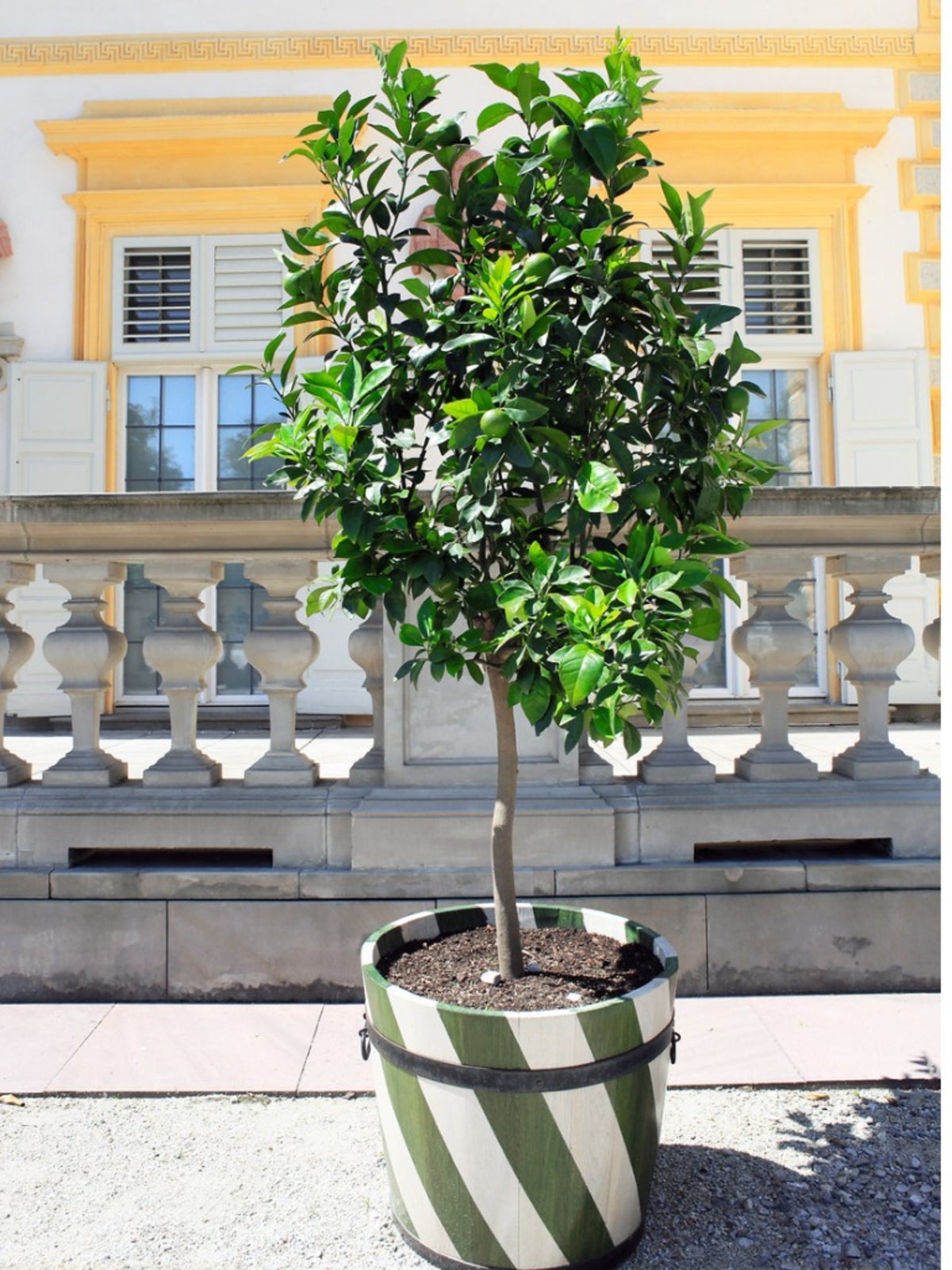
Love the heavenly aroma of citrus blossoms but you live in a less than ideal growing climate for citrus trees? Have no fear, potted lime trees are just the ticket.
Growing lime trees in pots have the advantage of ease of movement. Should temperatures drop below 25 degrees F. (-4 C.), a death sentence for any citrus tree for any extended period of time, container grown lime trees can be covered or simply moved to a warmer location.
Lime, or any other citrus, can take mild frost and cold temps, but potted lime trees cannot. Whatever variety of container grown lime tree you choose, the hardiness zone is one zone higher than the USDA recommended zone.
So if you plant a lime that has a USDA of 7, the container grown lime tree has a hardiness zone of 8.
Step 1: Choose a Suitable Variety of Lime Tree
A dwarf variety of lime tree is the best choice when growing lime trees in containers. Regardless, the tree will undoubtedly need repotting after about three to four years, or you can remove the tree from the pot, prune the roots (take 2-3 inches (5-8 cm.) off) and one-third of the foliage, and then repot with fresh potting soil.
The size of the tree is directly related to the size of the container. Some examples of lime varietals suitable for container grown lime trees include the following:
- Bearss lime, also known as Tahitian lime or Persian lime, which is a common variety that grows to 20 feet (6 m.) with seedless fruit
- Kaffir lime, which is a bush variety that is best kept pruned to under 10 feet (3 m.) and whose aromatic leaves are used in Asian cuisine
- Mexican lime, aka key lime or West Indian lime, which is another bushy variety around 15 feet (5 m.) tall with 2-inch (5 cm.) strongly acidic fruit
- Palestinian lime, a sweet round, milder fruit that makes great limeade
Step 2: How to Plant Potted Lime Trees
Container grown lime trees, like all the citrus trees, love lots of sun and moist, well-draining soil. Choose a location with at least eight hours of direct sun. Situating against a south facing wall, building or fence is ideal and will also protect the tree from cold northern winds.
Gardening tips, videos, info and more delivered right to your inbox!
Sign up for the Gardening Know How newsletter today and receive a free copy of our e-book "How to Grow Delicious Tomatoes".
Plant your lime tree in the spring in a neutral pH, moistened potting medium. The container should have drainage holes as citrus trees do not like “wet feet” and should be at least 15 gallons (57 L.) (an old whiskey barrel is ideal). Include a little slow release fertilizer such as Osmocote.
Heavy duty coasters will enable you to easily move the tree. Since citrus trees need high humidity, place the plant over a pebble tray or mist daily and maintain a consistent watering schedule lest the lime tree loses leaves.
Step 3: Care for Lime Trees in a Pot
Water is of primary importance to your potted lime tree and is gauged by the size of the tree and temperatures. Reduce watering prior to winter to avoid the possibility of stimulating growth that may become damaged in cooler temps.
Overwatering can become an issue, but don't let the tree dry out completely! Allow the upper inch (3 cm.) of the soil to dry out before watering. Metal and ceramic containers (and plastic) stay wet longer than wood or clay.
Fertilize the lime tree monthly until midsummer, and never after July. Prune your container grown lime trees. Watch for any suckers that form and immediately prune them, not only to maintain the shape of the tree but to keep the growth compact and promote better fruit production.
Thin branches to 4-6 inches (10-15 cm.) apart for fewer but larger fruit set, in the latter part of winter. Bring the potted lime tree indoors or in a garage if temps drop to 40 degrees F. (4 C.) and reduce watering. Keep an eye out for pests, like aphids and scale, on the lime leaves.
Insecticidal soap will control the aphids and horticultural oil will take care of the scale, both of which support the growth of sooty mold. When growing lime trees in containers, keep in mind that the tree is under more stress than that grown in an orchard or garden, so constant maintenance is the key to a healthy plant and gorgeous fruit. Margarita, anyone?

Amy Grant has been gardening for 30 years and writing for 15. A professional chef and caterer, Amy's area of expertise is culinary gardening.
-
 Looking For Plants To Give You The Soft And Fuzzies? Try These 5 Fuzzy Leaf Plant Options
Looking For Plants To Give You The Soft And Fuzzies? Try These 5 Fuzzy Leaf Plant OptionsLovers of texture, drama, silver foliage and tactile plants will adore these special sensory garden additions. These fuzzy leaf plant options will leave you all aglow
By Susan Albert
-
 Get Ready For A Summer Of Hummers! Grow These Full Sun Hummingbird Plants and Flowers
Get Ready For A Summer Of Hummers! Grow These Full Sun Hummingbird Plants and FlowersIf you’re lucky enough to enjoy a sunny backyard, make sure you are maxing out on your pollinator opportunities and grow these full sun hummingbird plants and flowers
By Tonya Barnett
-
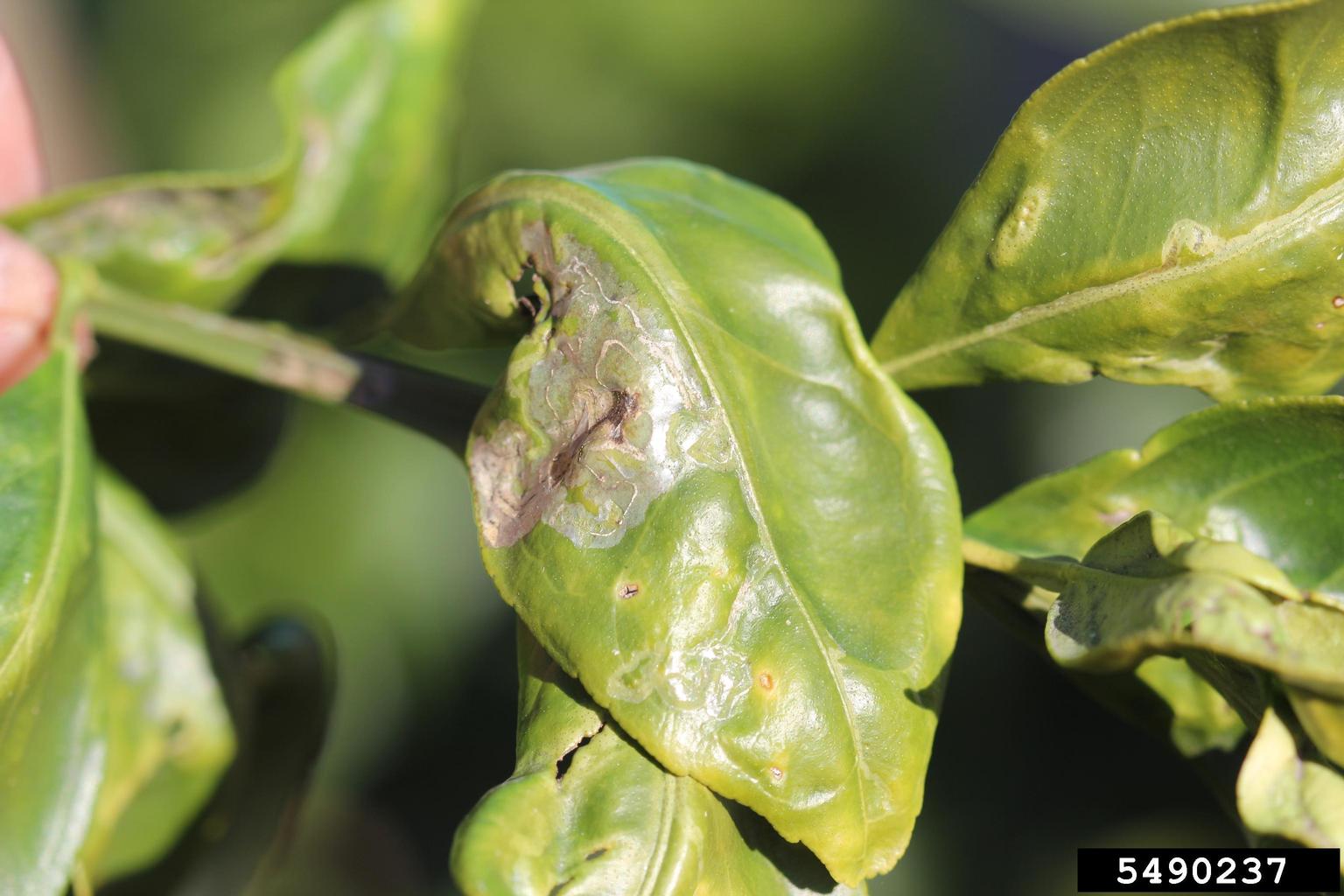 Lime Tree Leaf Curl: What Causes Curling Leaves On Lime Trees
Lime Tree Leaf Curl: What Causes Curling Leaves On Lime TreesYour lime leaves are curling and you have no idea where to start treating them. Have no fear, there are many innocent causes of leaf curl on lime trees. Learn what to look for and how to handle common lime tree leaf curl problems in this article.
By Kristi Waterworth
-
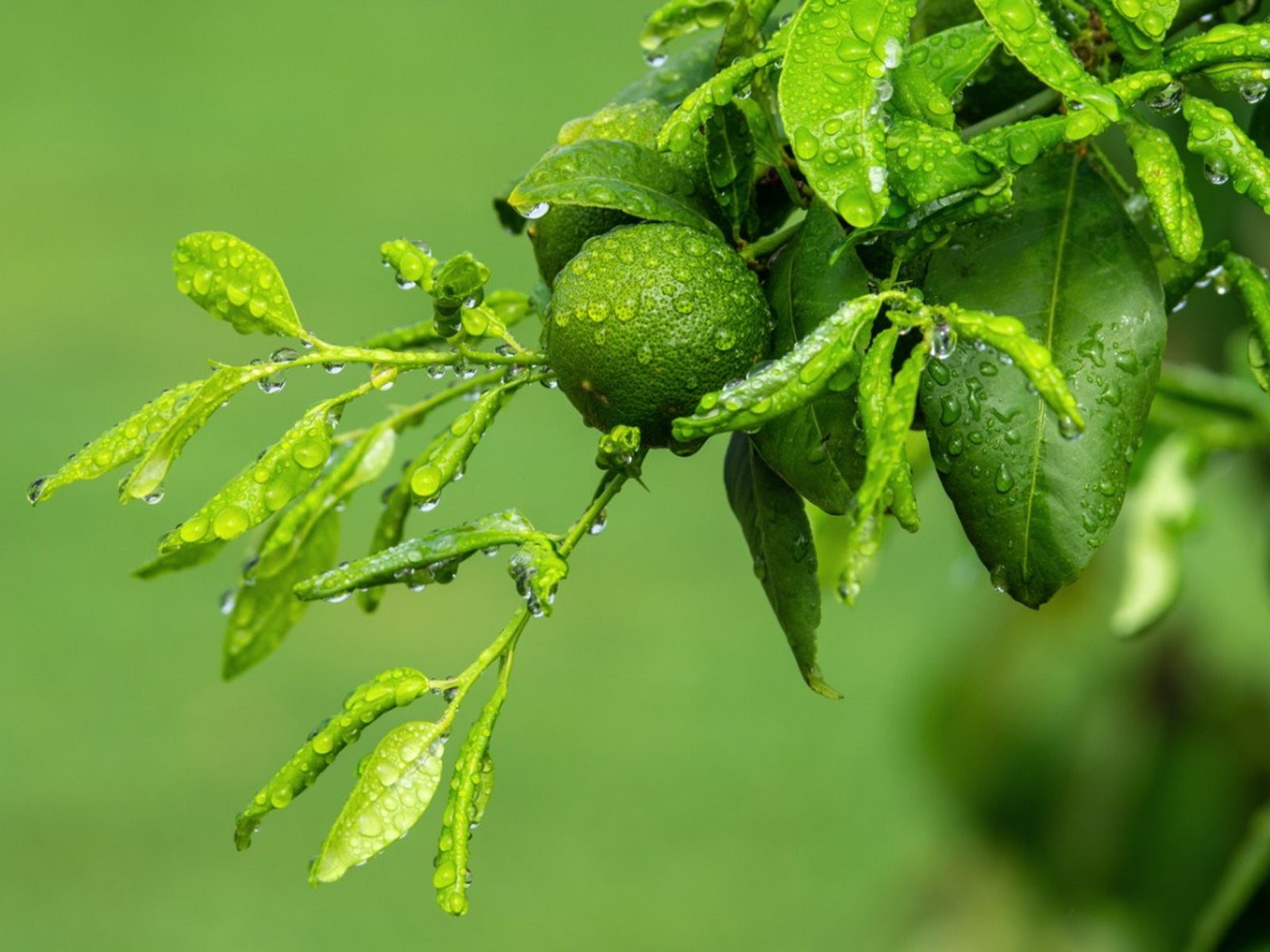 Fertilizing Lime Trees – Learn How To Fertilize A Lime Tree
Fertilizing Lime Trees – Learn How To Fertilize A Lime TreeGot a lime tree? Wondering how to fertilize your lime tree? Lime trees, like all citrus, are heavy feeders and, therefore, need supplemental fertilizer. But the question is, when do you fertilize lime trees? Click here and find out in this article.
By Amy Grant
-
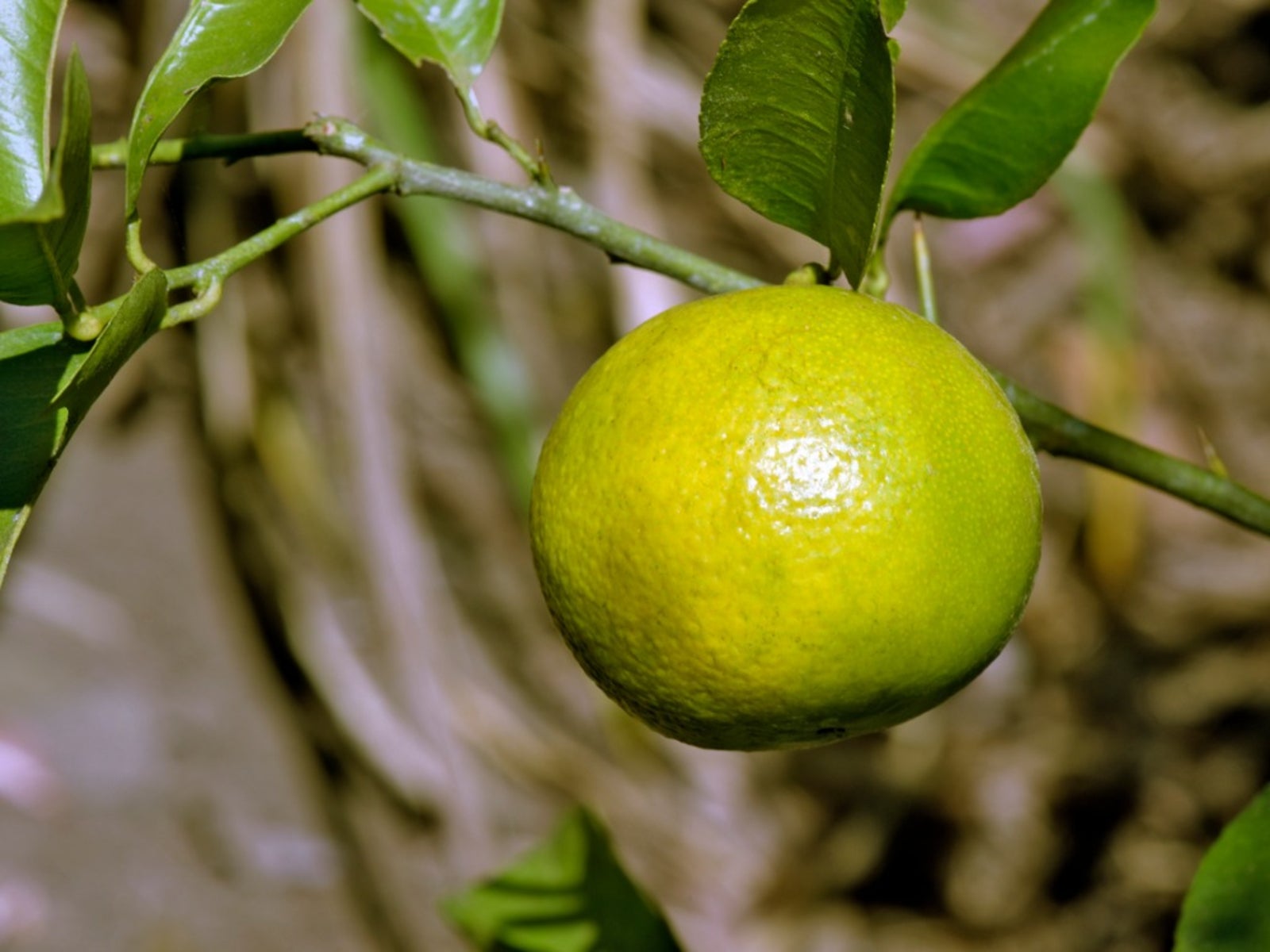 Sweet Lime Varieties – Sweet Lime Tree Growing And Care
Sweet Lime Varieties – Sweet Lime Tree Growing And CareThere's a new citrus on the block! Okay, it isn't new, but fairly obscure in the United States. We're talking sweet limes. Yes, a lime that is less tart and more on the sweet side. Intrigued? This article contains additional information.
By Amy Grant
-
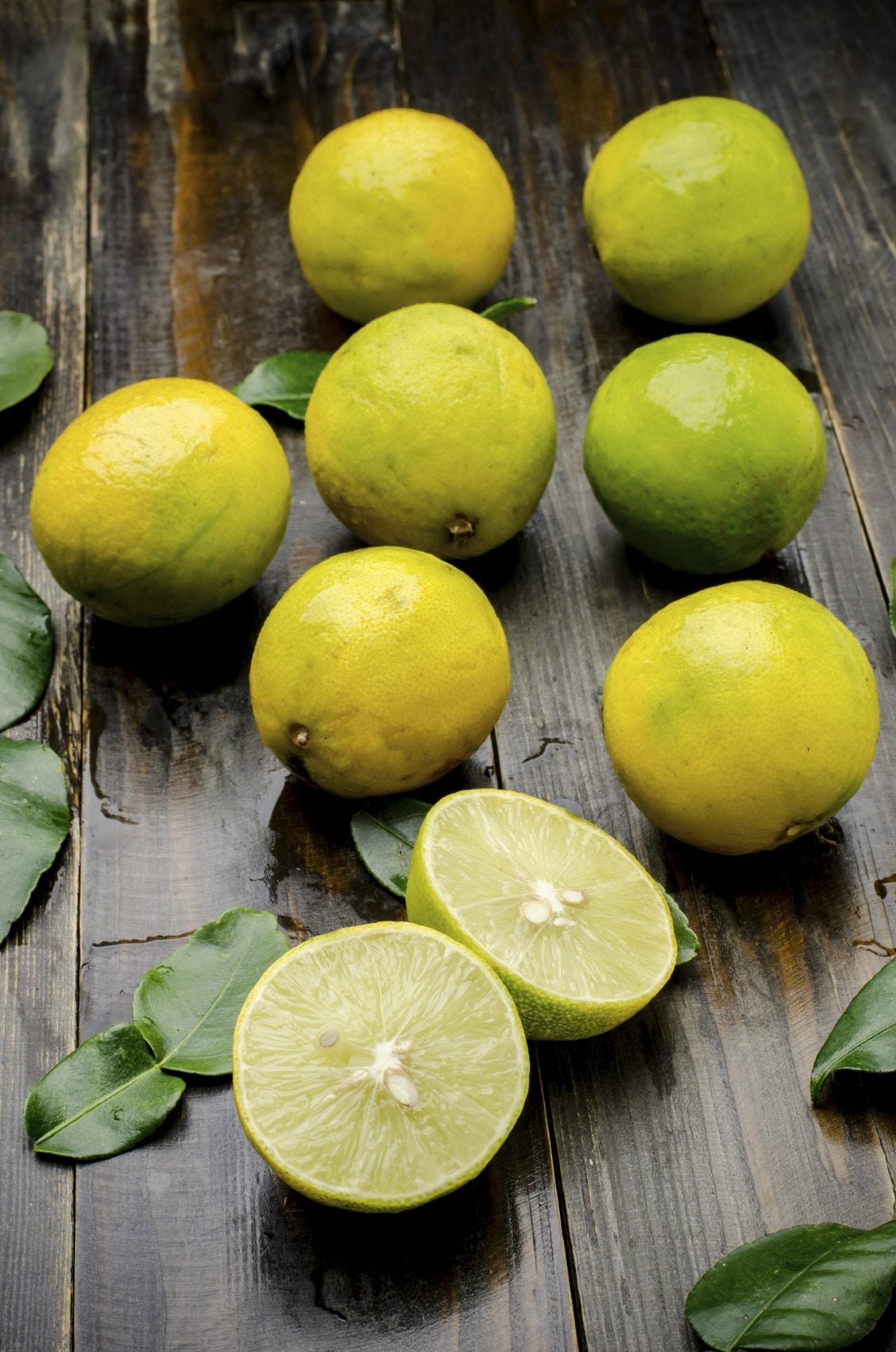 Are Yellow Limes Bad: What To Do With Yellow Limes
Are Yellow Limes Bad: What To Do With Yellow LimesWhen we purchase limes, they are generally fairly firm but with a slight give and uniformly green in color. What happens if you encounter limes with yellow skin though? Are yellow limes bad? Click here to learn more.
By Amy Grant
-
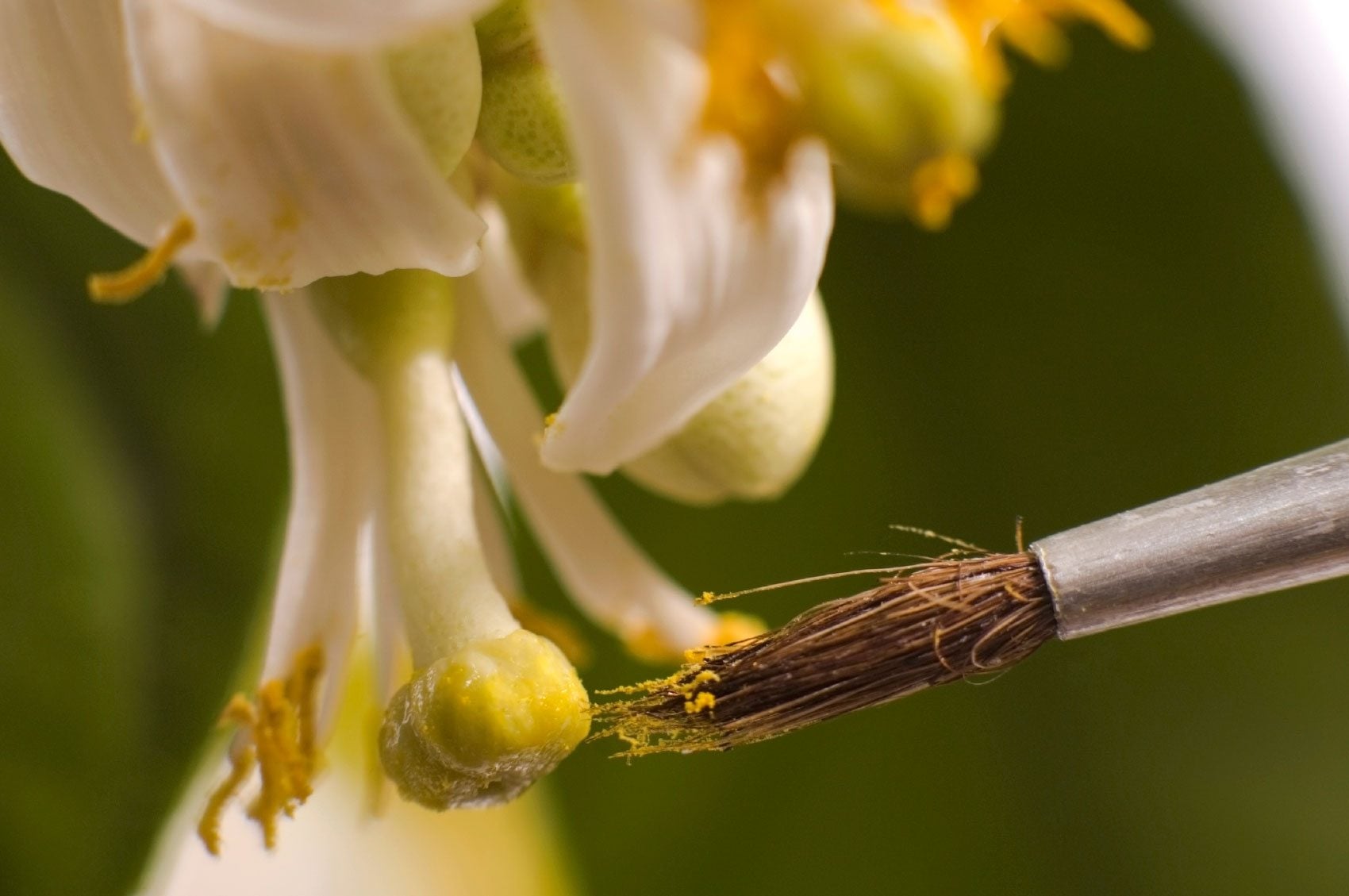 Hand Pollinating Lime Trees: How To Hand Pollinate A Lime Tree
Hand Pollinating Lime Trees: How To Hand Pollinate A Lime TreeIs your lime tree less than stellar in the pollination department? If your yield is meager, perhaps you have wondered if you can hand pollinate limes? This article will help you with hand pollination of lime trees.
By Amy Grant
-
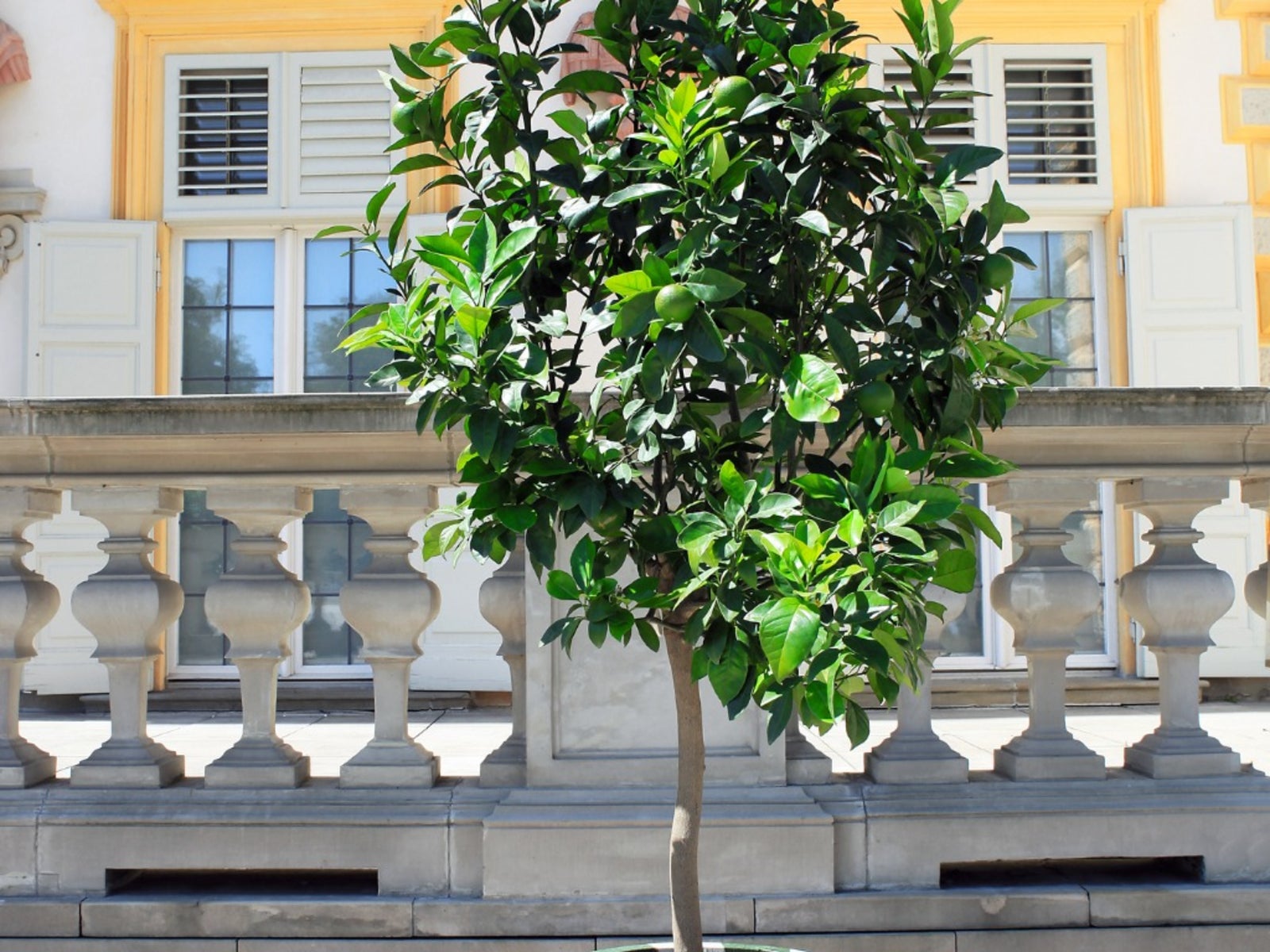 Watering Limes: How Much Water Do Lime Trees Need In Containers
Watering Limes: How Much Water Do Lime Trees Need In ContainersPlanting limes in pots will enable you to move them around more easily and grow them in cooler climates - but watering is crucial. How much water will these lime trees need? Read this article to find out.
By Amy Grant
-
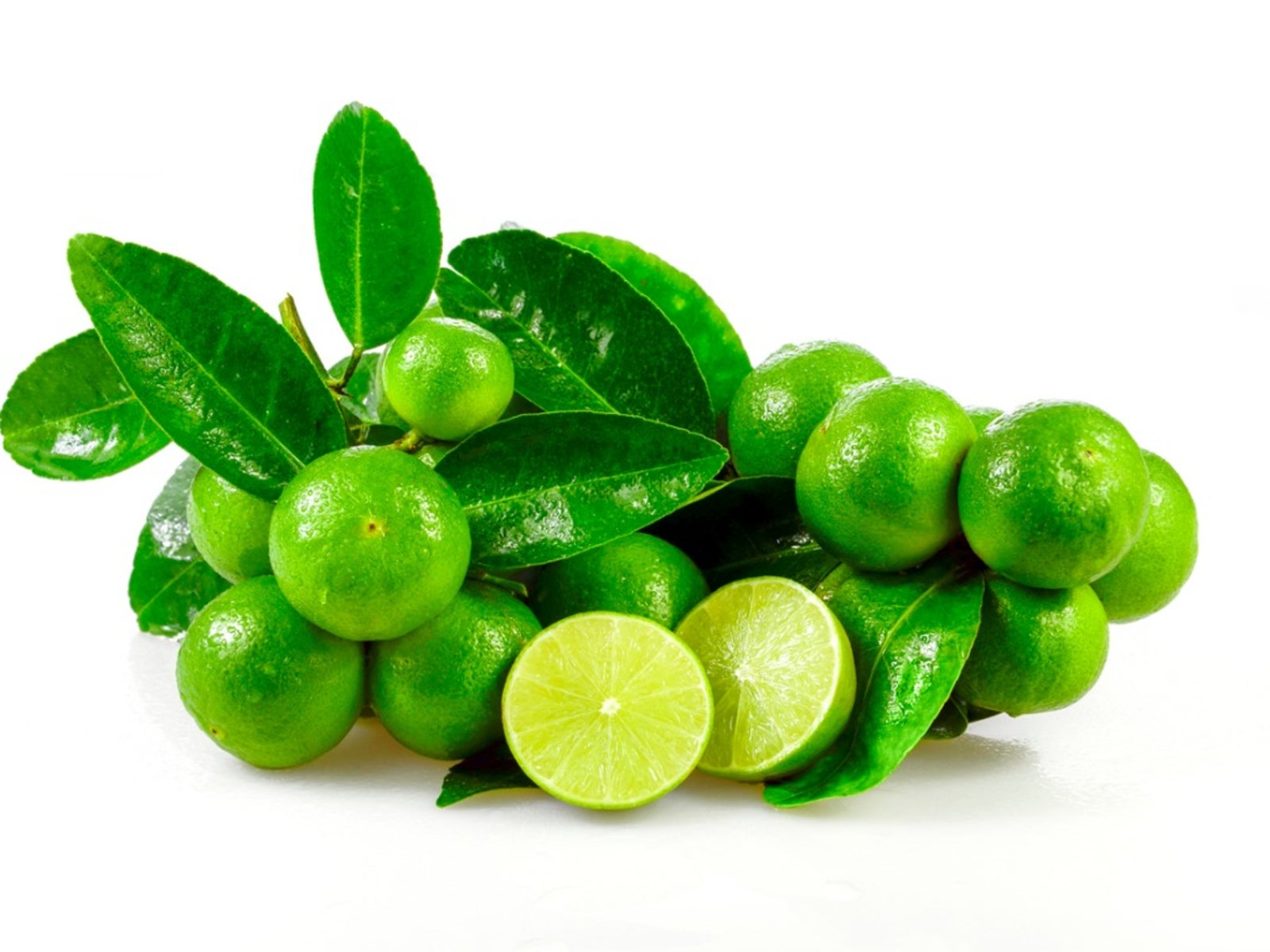 Mexican Key Lime Tree Information: Tips For Growing Key Limes
Mexican Key Lime Tree Information: Tips For Growing Key LimesAlmost anyone can grow Mexican key lime trees if you have the right information. Take a look at the growth and care of key lime trees in the following article and see if this lime tree variety is right for you.
By Gardening Know How
-
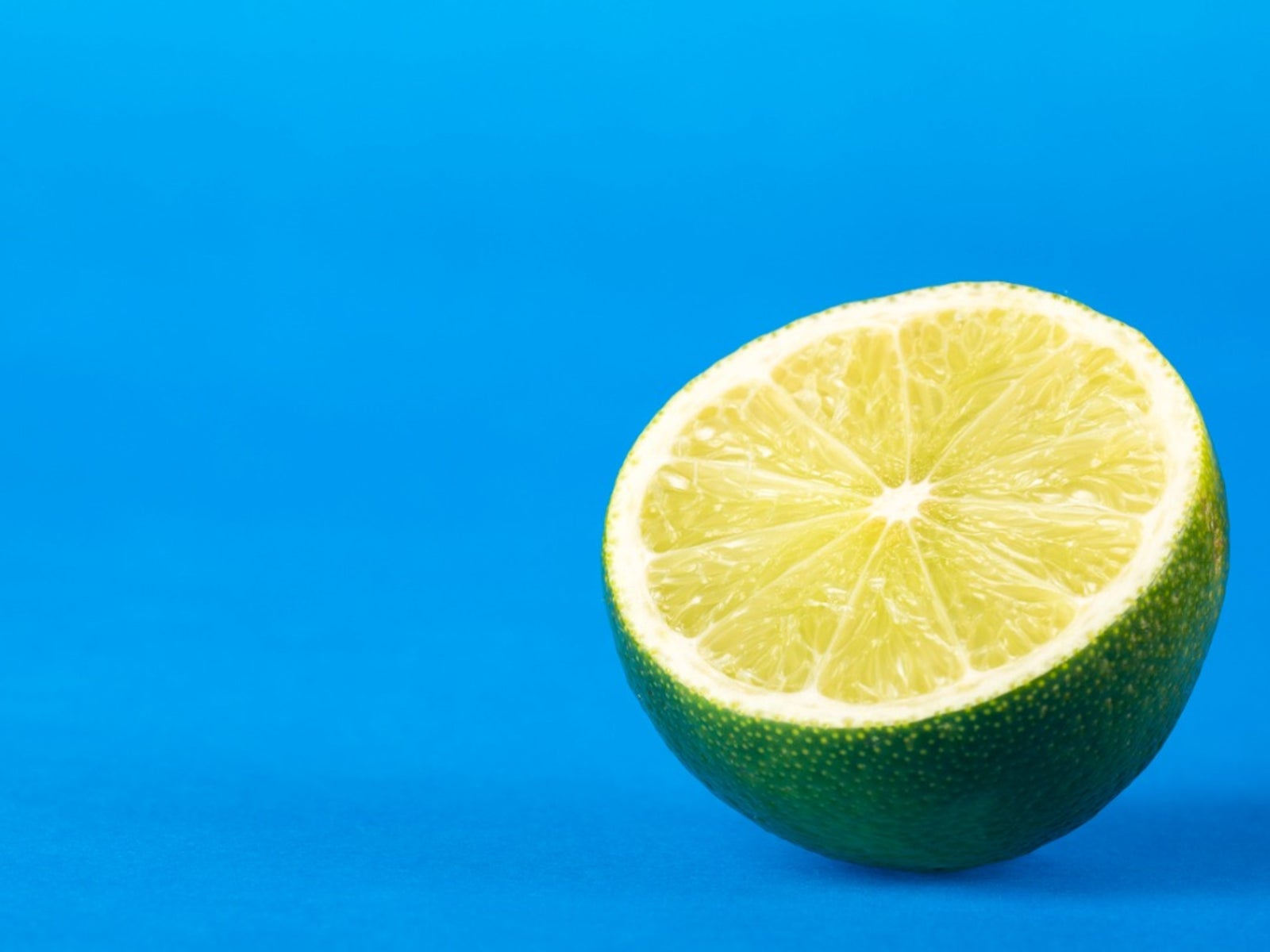 Persian Lime Care - How To Grow A Tahiti Persian Lime Tree
Persian Lime Care - How To Grow A Tahiti Persian Lime TreeThe Tahiti Persian lime tree is a bit of a mystery. Sure, it's a producer of lime green citrus fruit, but what else do we know about this member of the family Rutaceae? Find out about growing Tahiti Persian limes here.
By Amy Grant